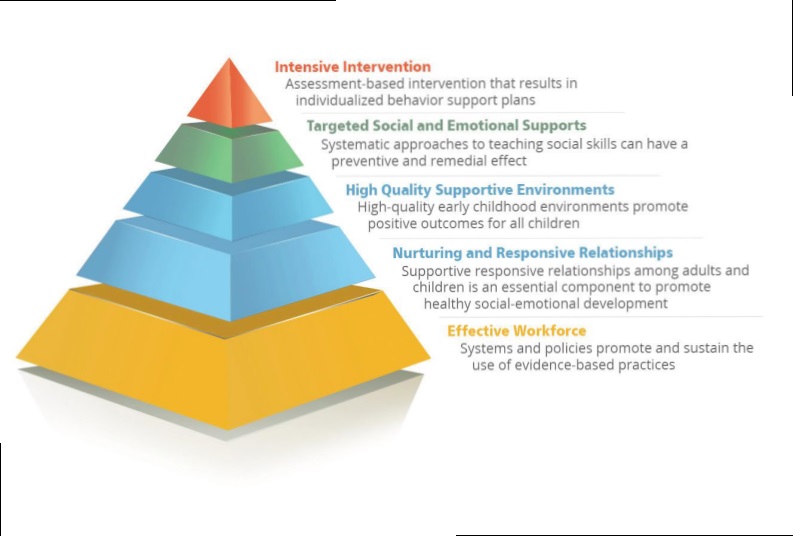districts "to help meet a wide range of needs arising from the coronavirus pandemic, including reopening schools safely, sustaining their safe operation, and addressing students' social, emotional, mental health, and academic needs resulting from the pandemic" (See ARP Factsheet in Resources).
HOW CAN THE ARP FUNDING BE SPENT BY THE DOE AND DISTRICTS?
The State must use 5% of retained funds to address learning loss, 1% for summer enrichment programs, and 1% for comprehensive after-school programs. While each State must abide by the Individuals with Disabilities Education Act (IDEA) restrictions and requirements when spending the funds specifically reserved for special education, the bulk of district funding comes with much more flexibility (See state plans in Resources).
Districts must use at least 20% of the ARP funds on evidence-based interventions to address learning loss. In addition, districts must ensure that the programs and interventions respond to students' academic, social, and emotional needs and address the disproportionate impact of COVID-19 on students living in poverty, English learners, racial and ethnic minorities, and students with disabilities. The remaining 80% of funds may be spent on any activities authorized under all federal education laws, including IDEA, and may also include expenses related to professional learning for educators, access to and purchase of educational technology, and certain types of facilities improvements. District activities may also – and should – address family engagement in all aspects of their work, including in developing and implementing district spending plans and in other areas. For example, districts may spend funds to provide training to families around providing positive behavior and/or social-emotional supports at home consistent with the programs that are implemented at school.
PRIORITY AREAS FOR STUDENTS WITH DISABILITIES
School Operations
Ensure building modifications are guided by universal design principles, allowing facilities to be accessible to all. Learning strategies can also follow the principles of Uniform Design for Learning (UDL) (see Resources).

TRIANGULATING SUCCESS: The Pyramid Model for Supporting Social Emotional Competence in Infants and Young Children; Social-emotional learning (SEL) is the process of developing the self-awareness, self-control, and interpersonal skills that are vital for school, work, and life success. Students with strong social-emotional skills are better able to cope with everyday challenges and benefit academically and socially.
Screening, Assessments, and Special Education:
- Assessments conducted as a part of the special education evaluation process provide valuable data to IEP teams, including parents, as they determine eligibility for services and, if eligible, a baseline for present levels of academic achievement and functional performance levels.
- Review testing materials and ensure they reflect best practices in assessing culturally and linguistically diverse students.
- Implement robust multi-tiered system of supports to ensure that high-quality interventions for all tiers are available to students, whether they are attending school in person, virtually, or through hybrid model.
- Address the inadequate provision of related services and supports. Create a multidisciplinary team, including Child Study Team members and families, to review student data to develop a clear understanding of who needs which services.
Trauma, Mental Health, and Social Emotional Supports
- Provide ongoing training to all staff to build their capacity around the impact of trauma and early detection techniques in anticipation of an uptick in behaviors stemming from trauma, social isolation, etc.
- Refine protocols, data systems, and interventions to ensure alignment to trauma-informed practices.
- Ensure school-wide practices and strategies are trauma-informed and support the whole child and social emotional skills-building rather than punitive discipline.
- Examine and improve policies and practices to prevent and reduce the use of exclusionary discipline, especially the restraint, seclusion, referral to law enforcement, suspension, and expulsion of students of color and with disabilities.
- Invest in training and coaching for staff on understanding the functions underlying challenging behaviors, positive behavior supports, self-awareness, and implicit bias.
Impact on Learning and Opportunities
- Identify opportunities to expand learning time, such as summer school, afterschool, and extended school year programs, to provide students with critically needed increase in time with instructional staff.
- Ensure such programs are not offered in place of extended school year (ESY) services, which typically address skill regression after the summer break for students with disabilities and are decided on by each student's IEP team.
- Schedule time for general and special education staff to work together to